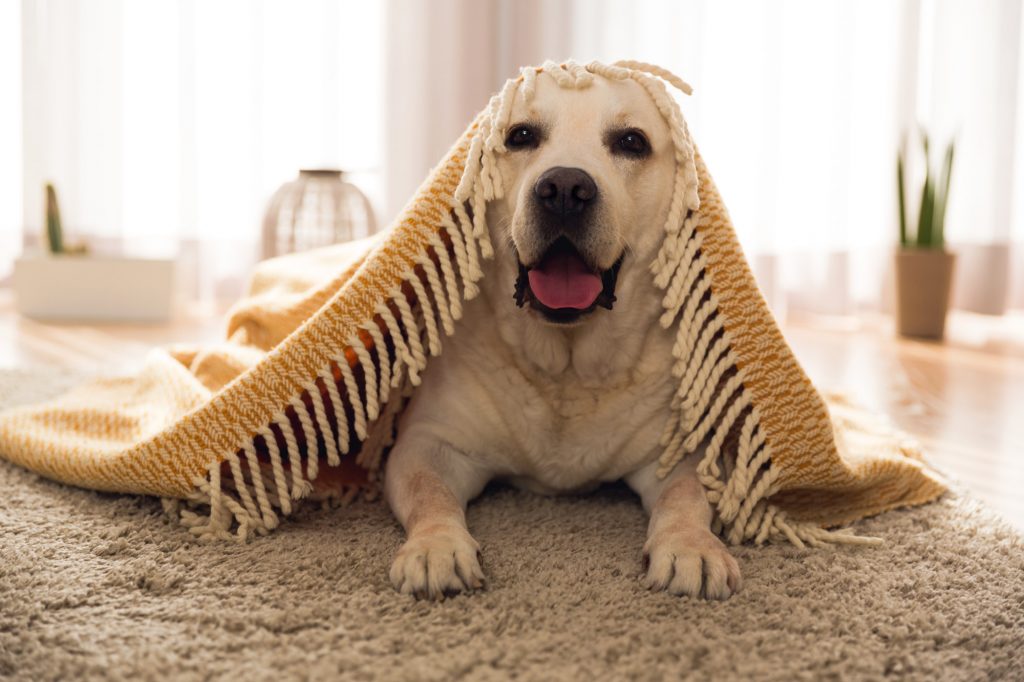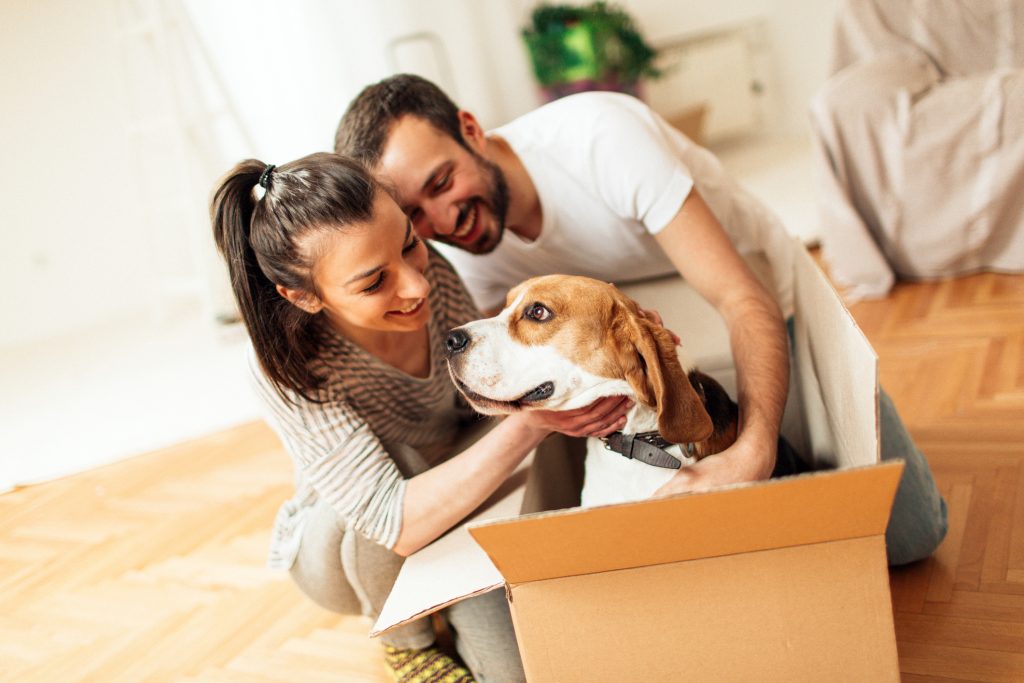Every year, close to 40 million Americans pick up and move to a new location. When more than half the population owns a dog, you can be sure that Fido is packing up his things as well.
Are you worried about moving with your dog? What is the best way to transition your dog to the new home?
Dogs are very territorial. Taking them out of the place with which they are most familiar is stressful for them. Help ease your dog’s anxiety with these tips on how to calm an anxious dog.
Moving? How to Tell if Your Dog Has Anxiety
When your dog’s regular routine is upset, or their environment completely changes like during a move, they may exhibit signs of stress or anxiety.
Some of the signs include “accidents” in the house, chewing things, barking, whining or howling. Your dog may look anxious with their ears back, tail tucked, panting, drooling, or even shaking or hiding.
This insecurity manifests itself in different ways in each dog, and some may not get anxious at all. You’ll know when your dog exhibits behavior that is out of the ordinary for him.
How to Calm an Anxious Dog
Does your dog have anxiety after moving? There are many things you can do to calm an anxious dog. Let’s take a look at some of the most effective methods.
1. Visit the New Home Before Moving
If you are moving somewhere close enough, take your dog to the new place a few times before the actual move. Familiarize them with the yard and the neighborhood. Let them explore and get used to all the new smells, sights, and sounds.
2. Do Not Put Your Dog in Isolation
This will confuse and upset your dog even more. Let him be a part of the packing and see what’s happening. Include him and make it feel like fun. He will sense it if you’re stressed as well.
3. Keep the Regular Routine
Try to keep his regular feeding and walking routine. If you have to adjust feeding and walking routines due to a longer work commute, ease your dog into it.
4. Manage Moving Day
There will be a lot of people going in and out of the house. Try to put one family member in charge of the dog, so he doesn’t escape or get in the way of packing the truck.
You may even want to consider having a neighbor take care of your four-legged friend for the day until you are ready to leave. It’s best if it’s someone your dog already knows and feels comfortable with.
5. Hang Onto the Old Stuff
You might be tempted to buy new toys, a new doggy bed, and other new items when you move to your new house. Instead of tossing your dog’s lived-in bed and swapping it out for a new one, keep the comforts of their old things when introducing them to their new space.
Try to place their basket of toys, dog bed, and bowls in similar locations in the new house. For instance, If placed near the garage door in the old house, see if that spot makes sense in the new house.
6. Keep Active
Find a new neighborhood dog park to take your dog after the move. Make sure he gets lots of walks. Exercise will help ease his anxiety as you settle in.
Moving With a Dog
Now that you know how to calm an anxious dog during and after a move, you’ll be prepared to handle whatever signs of dog anxiety your dog displays.
While you handle your dog, we’ll handle everything else. Contact us for a quote for your next move. Our experienced team is here to make sure your move goes off without a hitch.



